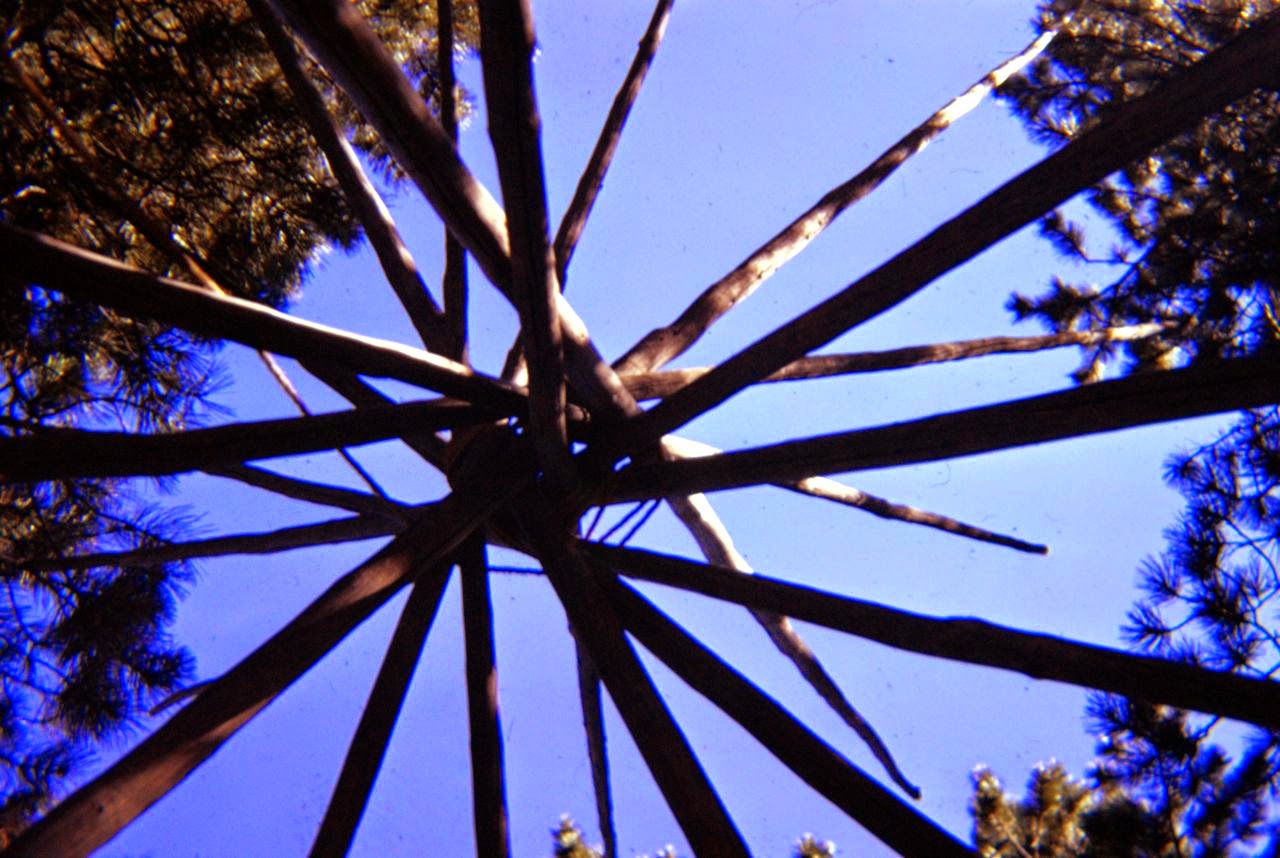The record flood of May, 2011, on the Little Horn, begs for an explanation. Why such a severe flood? I will try a simple one: almost 20 years of drought.
In the 1970's my son and I discovered fishing on the Big Horn. Our favorite place was the St. X bridge, with its wide gravel bars and sandy beaches extending into the water, and the steep place along the east side where larger rainbows lurked. We launched our homemade Cajun pirogue there, caught fish, and my children, young then, enjoyed splashing in the puddles across the wide riverbed.
Take a look next time you cross that bridge. The riverbed is constricted. Over the decades, grasses, then willow brush, and now even Russian olive and cottonwood crowd the river into half its former width.
At 10 p.m. on Saturday, my flashlight shining out my east door at Greenwood Farm revealed muddy turbulent water had risen four inches since 8 p.m., indicated by marks on the stake I planted in the yard that afternoon. I turned in and set the alarm for 1 a.m.. At midnight, I awoke in a sweat. In my dream I was swimming for life in a flood. Awake, still hearing rain, I grabbed my flashlight and went out to check the flood. Up another three inches, and muddy water was rushing in waves over the lane leading from our back door.
It was worrisome, but I was grateful for my family helping fill sandbags to protect our doors. I was even more grateful that our house had no crawl space, and our walls, made of waterproof concrete ten feet high, were plenty strong. I still had a sense of unease. When will the water stop rising? I made my way around the house, turned on lights, and saw flood waters almost encircling our house. A quick estimate said eight inches to go before water would reach the sandbags jammed against our outside doors.
At 2 a.m., the water level was exactly where it had been at midnight. At 4 a.m., it had dropped an inch. I was confident the worst was over.
At 10 a.m. Sunday morning, after dropping by four inches, I read the news on the computer. The Bureau of Land Management had shut down the flow in the Yellowtail Dam to around 3,000 cubic feet per second.
Many others in Big Horn County were not as fortunate, especially along the Little Horn.
I got out the old map of our farm and the nearby river, based on photos taken in the 70's. The back channel next to our house was once a significant part of the river. The island, now the headquarters of the Eagles Nest Lodge, was mostly a gravel bar. Now, Russian Olive has taken over everywhere, and I watched the water meandering slowly through that channel, still rushing madly across my yard and down my lane. It was obvious the river had lost much of its capacity to flow.
I began to understand. The habit of green things is to grow close to the water's edge. With the drought, the water's edge moved in on the river. The normal small floods added sediment to the green things along the shore, and those green things flourished into brush, then trees, then a strong riverbank. The broad river beds with open gravel bars we had in Big Horn County in the 70's are gone. With this pattern happening on our two major rivers in Big Horn County, the present crisis has become inevitable.
Did this record flood remove the brush blocking the river's flow? Did the snow in the high country lose most of its water content with this flood, or will there be another? Will the rains stop and warmer weather come at a gradual pace, allowing normal snow-melt and runoff? Is the water above Yellowtail Dam still rising?
At first, I thought maybe we've seen the end of the only perfect flood of 2011. Now I'm not so sure. Maybe these questions should motivate prayer, and prayer might lead to some action. This flood was enough.
--
David Graber
Hardin, MT 59034
www.greenwoodfarmmt.org
